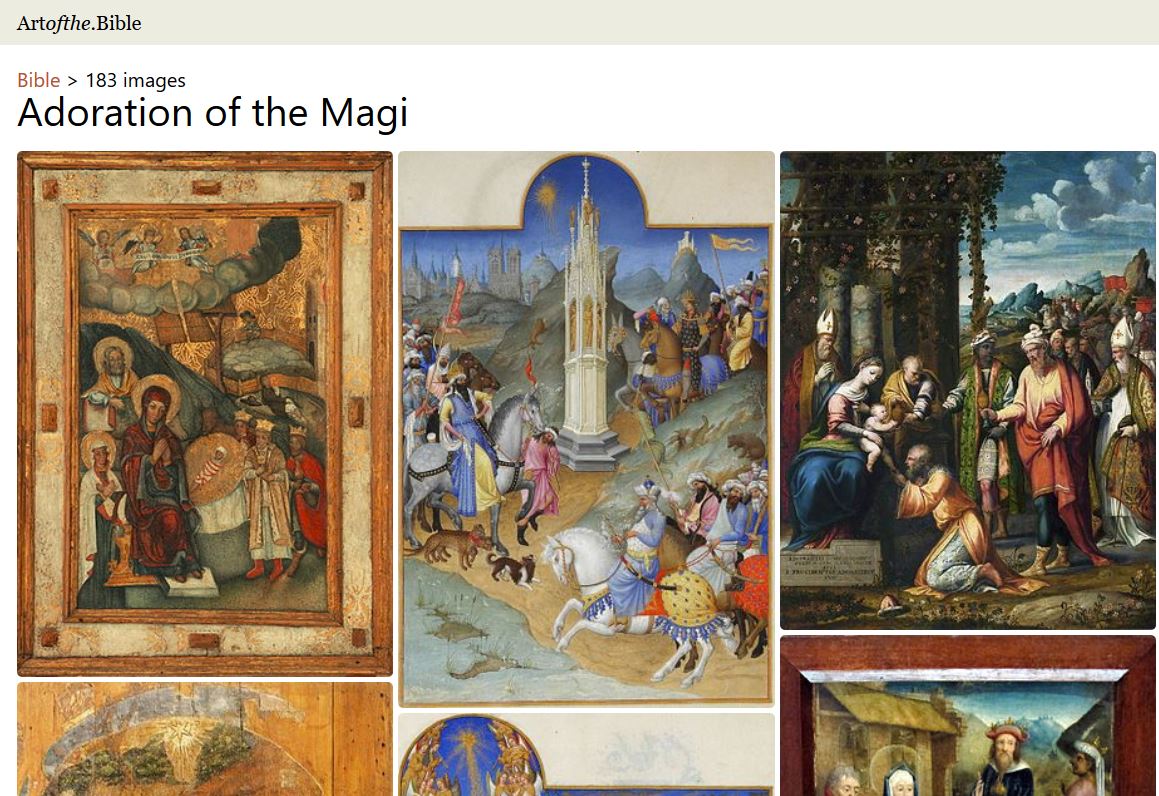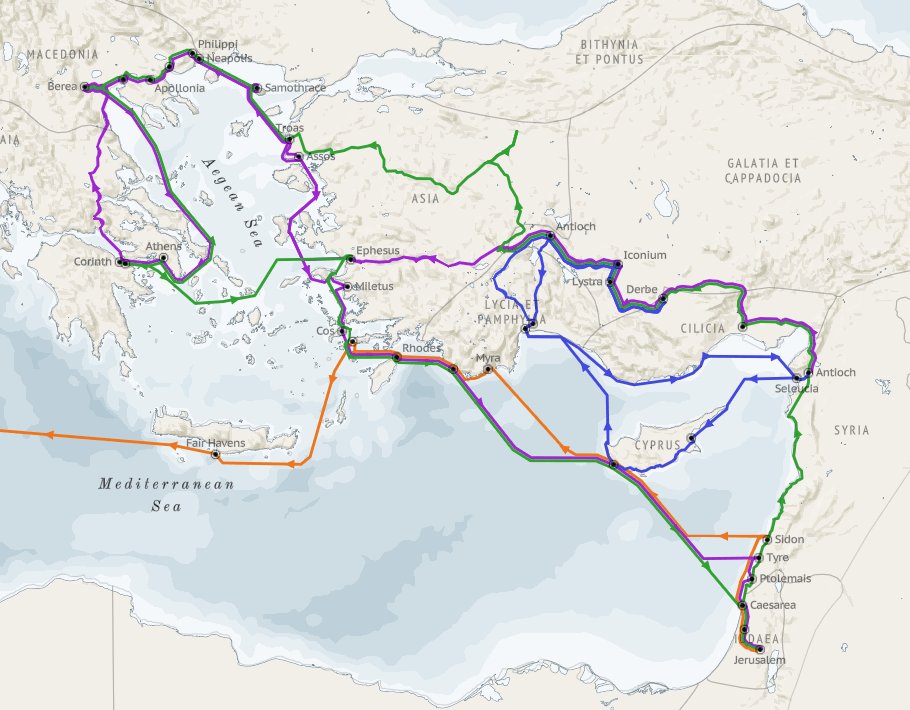Crossway ESV Archaeology Study Bible (2018)
Hardcover ($49.99); TruTone ($79.99); Black Leather ($99.99)
2048 pages; 6.5 inches x 9.25 inches
Drawing upon the popularity of Crossway’s own English Standard
Version (ESV), an “essentially literal” translation, they have recently
published the
ESV Archaeology Study Bible. In their description,
Crossway says:
The ESV Archaeology Study Bible roots the biblical text in
its historical and cultural context, offering readers a framework for better
understanding the people, places, and events recorded in Scripture. With
editorial oversight from Dr. John Currid (PhD, University of Chicago) and Dr.
David Chapman (PhD, University of Cambridge), as well as contributions from a
team of field-trained archaeologists, the Archaeology Study Bible assembles a
range of modern scholarship—pairing the biblical text with over 2,000 study
notes, 400 full-color photographs, 200 maps and diagrams, 200 sidebars, 15
articles, and 4 timelines. These features bring life to the ancient texts,
helping readers situate them in their historical context while recognizing the
truth that the eternal God became flesh entered human history at a specific
time and in a specific place.
I was eager to look at this Bible because I had determined
that Crossway’s
ESV Bible Atlas was the best atlas available for a class
I teach on biblical geography. (Cf. my review and follow the links from
HERE.)
John Currid was responsible for most of the text in the atlas, and he was the
editor for the OT notes and articles of this Bible as well. It turns out that some
of the articles (e.g., Currid’s own “What is Archaeology” or the lengthy sidebar
on the date of the Exodus) are based on the
Atlas. The maps, created by
David P. Barrett for the
Atlas, are also the ones used in the
Bible as
are some of the illustrations, though most are on a smaller scale as befits the
format. This is all to the good.
While the Atlas provides a chronological progression
through biblical history, the advantage of this Archaeology Bible is that
it provides all the benefits of a good study Bible (extensive study notes, maps,
concordance, glossary) while also supplementing it with photos, descriptions of
sites, illustrations (especially the ones of Jerusalem and the Temple at
different periods by Leen Ritmeyer), informative sidebars, and inset maps, all
of which make it much easier to understand what is going on in the text more
fully. These additional resources are particularly helpful with the texts in Acts,
Paul, and Revelation for which there are more archaeological remains and
artifacts that can be shown. The photos of sites (especially by Todd Bolen, A.
D. Riddle, and Mark Wilson) add to the experience of imagining what it was like
to be at a site during biblical times.
More generally, the book looks and feels like a well-bound,
substantial study Bible. Text is presented in double columns and below it are
cross references, the study notes, and frequent sidebars, maps, or
illustrations. The paper is thin (which is helpful in reducing size and weight
of the book), and there is not objectionable bleed-through. The font is small, especially
the cross references, but it is sharp and clear. The supporting articles are
particularly helpful, and there are other helpful timelines, charts, and
tables.
Theologically, the notes are generally ‘conservative’ but
also in conversation with more ‘critical’ claims. E.g., Mosaic authorship of
the Pentateuch is affirmed but with the explanation that Moses could have used
earlier materials passed down to him. Whether the creation described in Genesis
1 is to be understood as seven, 24-hour days is not addressed, naturally so
since it is not subject to archaeological verification and no specific dating
is supplied. (The OT timeline begins with Abraham and Sarah.) The notes do not
explicitly discuss whether the Garden of Eden is an actual location or not, but
they rightly show on a map where the biblical description is apparently
picturing it to be. Regarding the difficult issue of the date of the Exodus, a
balanced description of the pros and cons of both an early and late date are
given. Was Jonah literally and physically swallowed by a great fish? That
question is not addressed, but there are excellent notes about Tarshish,
Nineveh, casting of lots, and other ancient parallel accounts. In the New
Testament, for example, it is claimed that Matthew wrote in the late 50s or
early 60s AD after Mark’s gospel was written. This is much earlier dating than
most critical scholarship would grant, but it does not make much difference in
terms of the study notes describing the related archaeology and artifacts and
customs. I also note that BC and AD are used throughout rather than the academic
preference for BCE and CE, though this is also reflecting the
book’s anticipated audience.
The closest comparison to the Crossway
ESV Archaeology
Study Bible of which I am aware is
Zondervan's NIV Archaeological Study Bible, but I have not had the opportunity to look at it. There is also the
Zondervan
Illustrated Bible Backgrounds Commentary series of which I have a few volumes. While there is much
more information in those volumes, they lack the convenience of an integrated
study Bible. In some cursory checking, it is also clear that Crossway has made
some strategic decisions regarding the material used that is sometimes more
relevant.
I would look forward to a digital edition of the
ESV
Archaeology Study Bible, since there are so many times when reference is
made to an article or sidebar located elsewhere in the text. E.g., the
anointing of Jesus is recounted in Matthew 26.6-13; Mark 14.3-9; Luke 7.36-49; and
John 12.1-8. There is a sidebar with a photo of an alabaster jar attached to
the Luke text on “Ointments and Unguentaria” to which the other texts refer. Having
a clickable link to jump to that sidebar would be more convenient. Hopefully
Accordance,
Logos,
Olive
Tree,
Wordsearch or the like
will look into a digital adaptation.
Bottom line: Whether or not one prefers the ESV or some of the
underlying theological perspectives, this is an excellent study Bible that
provides the kind of archaeological and historical information I believe are
critical for understanding the biblical story.
I received a free copy of the hardcover edition in exchange
for an honest, unbiased review.
















